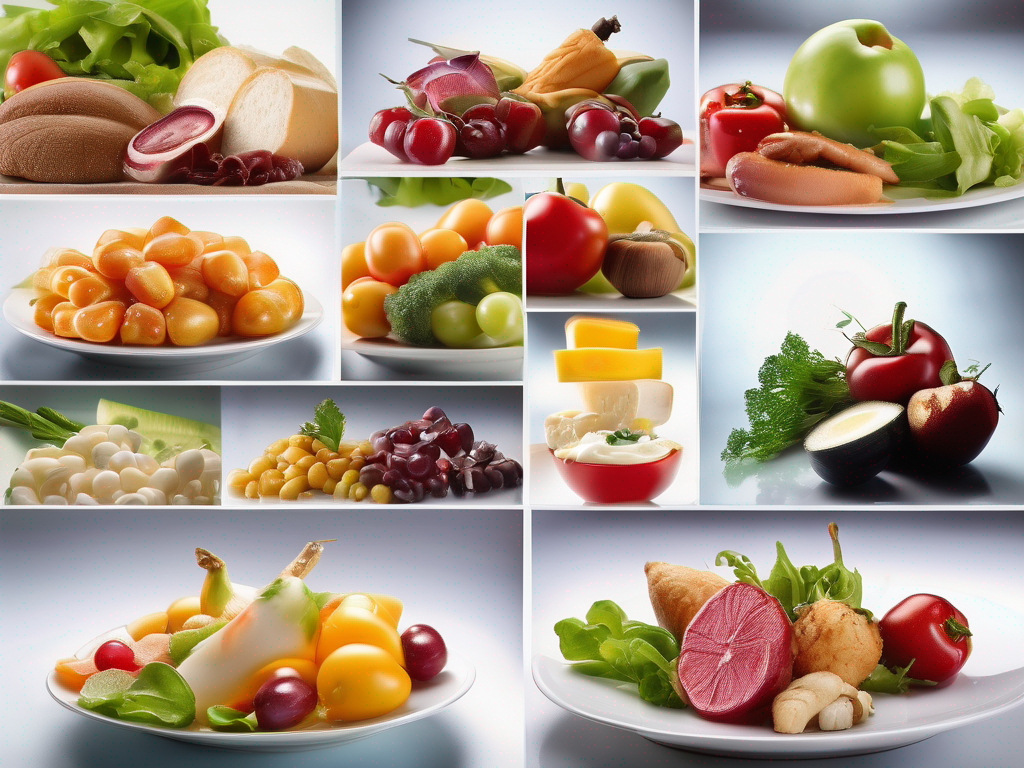
Is it Safe to Eat Discolored Brown Rice?
Get Your Free Food Safety Cheat Sheet
30 most common foods with instant answers. Print it and stick it on your fridge—completely free!
Is it Safe to Eat Discolored Brown Rice?
Brown rice is a nutritious whole grain that is a staple in many households. It is known for its nutty flavor, chewy texture, and numerous health benefits. However, sometimes brown rice can develop discoloration, which may raise concerns about its safety for consumption. In this blog post, we will delve into the topic of discolored brown rice to determine whether it is safe to eat or if it should be discarded.
Why Does Brown Rice Discolor?
Before we address the safety concerns related to discolored brown rice, it is essential to understand why this discoloration occurs. Here are some common reasons why brown rice may change color:
Natural Oils Oxidation
- When brown rice is exposed to air, the natural oils in the bran layer can oxidize, leading to discoloration.
- This oxidation process can cause the rice to turn slightly yellow or brownish in color.
Storage Conditions
- Improper storage conditions, such as exposure to moisture or high humidity, can accelerate the oxidation process and cause discoloration in brown rice.
- Storing brown rice in a damp or humid environment can promote the growth of mold, which can also cause discoloration.
Age
- As brown rice ages, it may lose some of its natural color and develop a dull appearance.
- Older brown rice may also be more prone to discoloration due to prolonged exposure to air and light.
Is Discolored Brown Rice Safe to Eat?
Now that we have explored the reasons behind the discoloration of brown rice, let's address the crucial question: Is it safe to eat discolored brown rice? Here are some key points to consider:
Safety Considerations
- In most cases, discolored brown rice is safe to eat and does not pose any health risks.
- The discoloration is primarily a result of oxidation and does not indicate spoilage or contamination.
- However, if the rice has a foul smell, unusual texture, or signs of mold growth, it is best to discard it to avoid potential foodborne illness.
Nutritional Value
- Despite its altered appearance, discolored brown rice retains its nutritional value.
- Brown rice is a rich source of fiber, vitamins, minerals, and antioxidants, which are beneficial for overall health.
- Consuming slightly discolored brown rice is unlikely to diminish its nutritional benefits.
Cooking Precautions
- When cooking discolored brown rice, ensure that it is thoroughly washed and rinsed to remove any impurities or off odors.
- Cooking the rice in clean, boiling water can help eliminate any potential contaminants and ensure food safety.
- Avoid consuming undercooked rice, as it may harbor harmful bacteria or pathogens.
Tips for Storing Brown Rice
To prevent discoloration and maintain the quality of brown rice, follow these storage tips:
-
Store in airtight containers: Keep brown rice in airtight containers to protect it from air and moisture, which can cause oxidation and discoloration.
-
Cool, dry place: Store brown rice in a cool, dry place away from direct sunlight and heat sources to preserve its freshness.
-
Use opaque containers: Opt for opaque containers or store brown rice in a dark pantry to shield it from light, which can degrade its quality.
-
Check for signs of spoilage: Regularly inspect stored brown rice for any signs of mold, unusual odors, or insect infestations, and discard if necessary.
Conclusion
In conclusion, discolored brown rice is generally safe to eat as long as it does not exhibit signs of spoilage or contamination. The discoloration is often a cosmetic issue caused by oxidation and does not affect the nutritional value of the rice. By following proper storage practices and cooking precautions, you can enjoy the health benefits of brown rice while ensuring food safety. Remember to trust your senses and use your best judgment when consuming discolored rice to maintain a healthy and enjoyable dining experience.
Authoritative Food Safety References
These agencies and university labs inform every tip and health precaution we publish.
USDA FoodKeeper – Cold Storage Guidelines
Official refrigerator, freezer, and pantry timelines maintained by the U.S. Department of Agriculture.
Visit USDA FoodKeeperFDA Produce Safety Rule & Grower Guidance
Field-to-fridge handling practices that prevent contamination of fruits, vegetables, and leafy greens.
Visit FDA Produce SafetyCDC Foodborne Illness Prevention Hub
Surveillance-backed guidance on pathogens, symptoms, and steps to reduce foodborne illness risk.
Visit CDC Food SafetyUC Davis Postharvest Technology Center
University research detailing optimal storage atmospheres for produce after harvest.
Visit UC Davis PostharvestPenn State Extension – Home Food Preservation & Safety
Peer-reviewed extension bulletins on safe canning, chilling, and reheating practices.
Visit Penn State ExtensionGet Your Free Food Safety Cheat Sheet
30 most common foods with instant answers. Print it and stick it on your fridge—completely free! Want more? Upgrade to the complete guide with 70+ foods.
Scan your food directly and get instant safety info using our AI-powered camera feature.